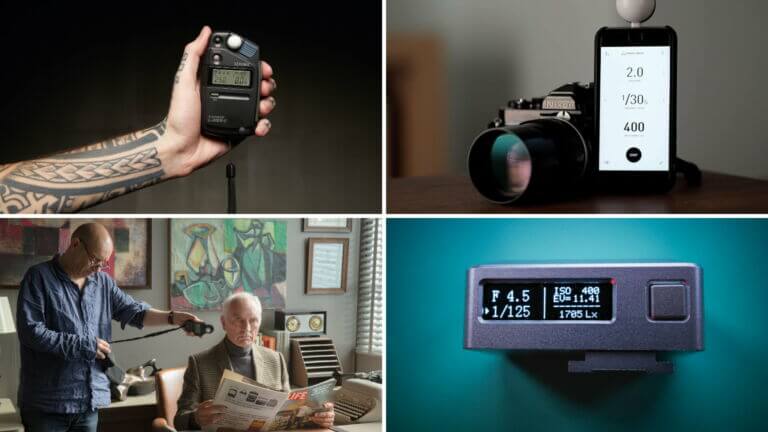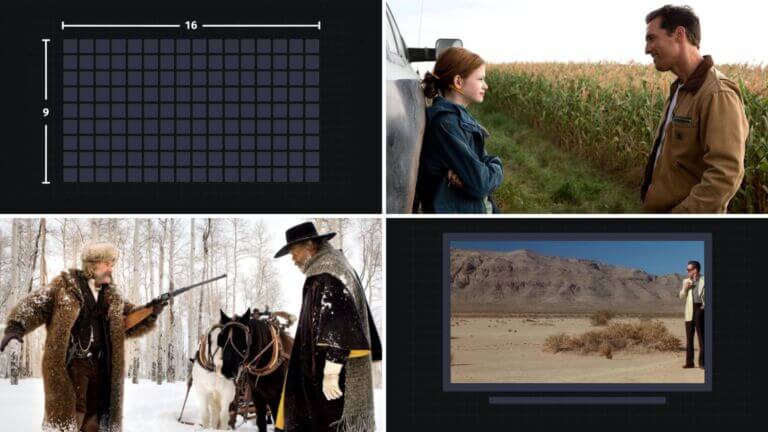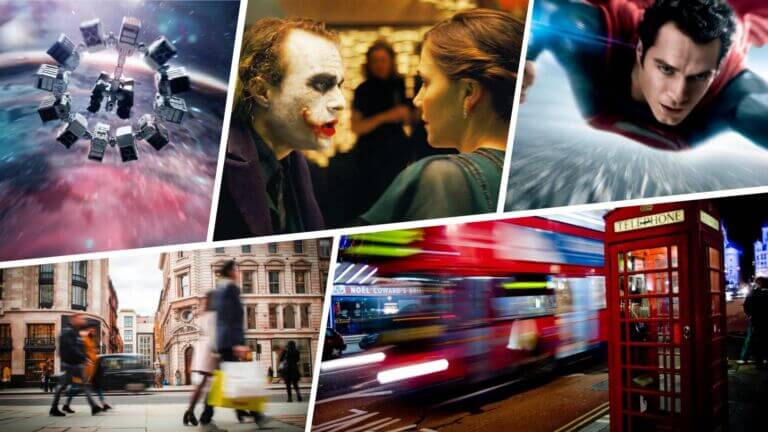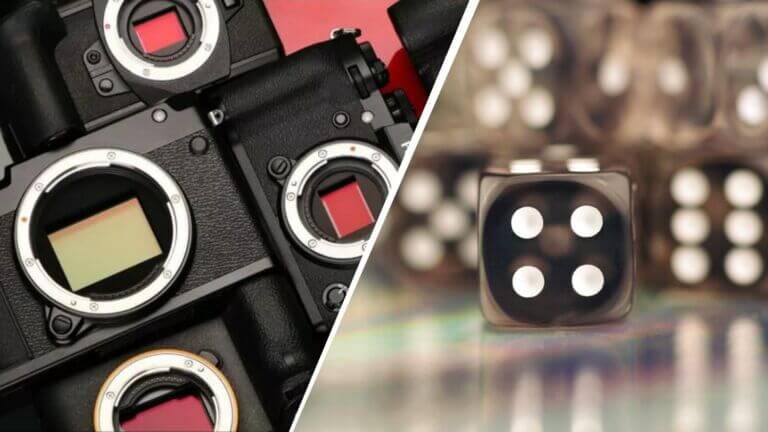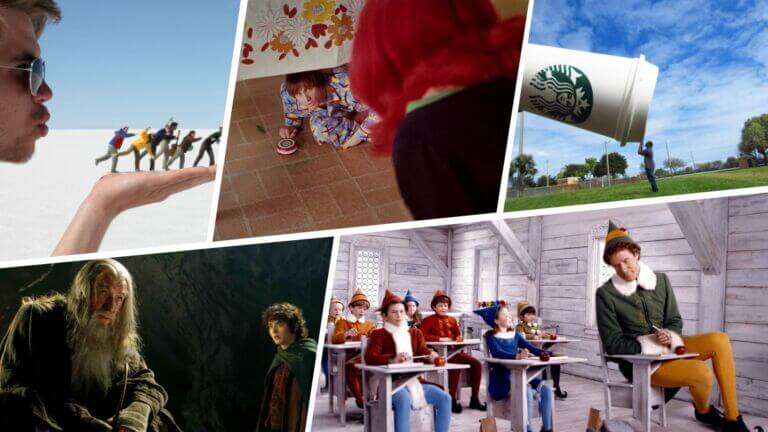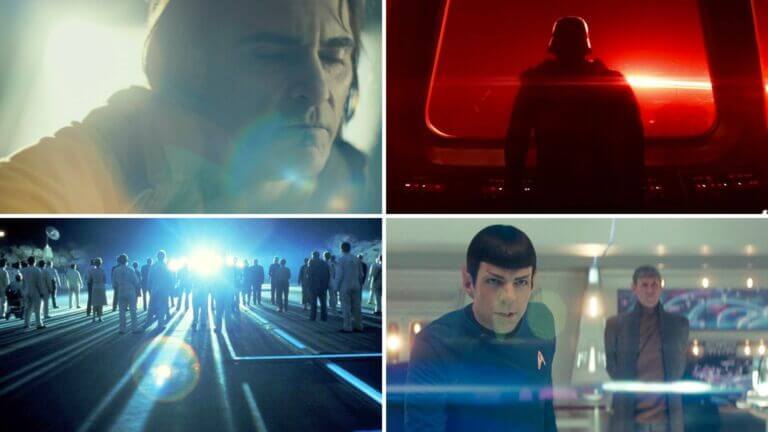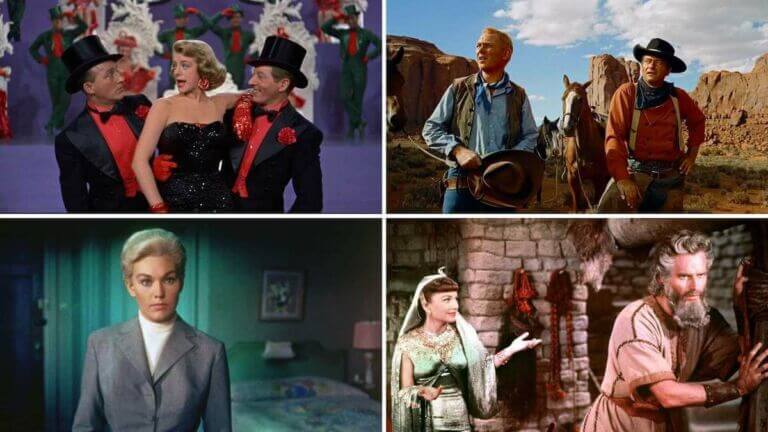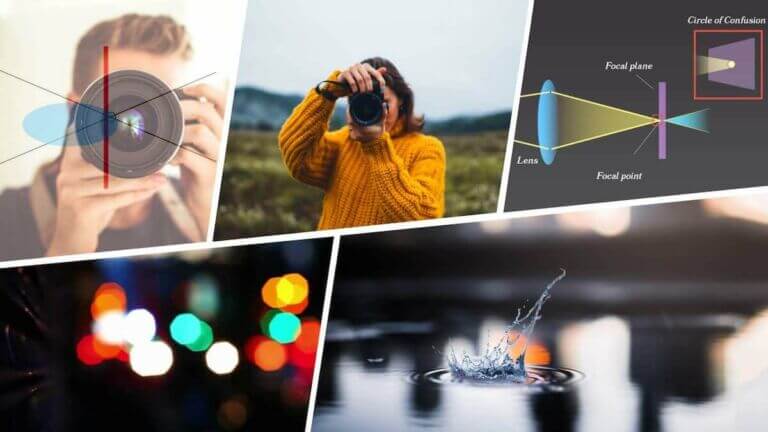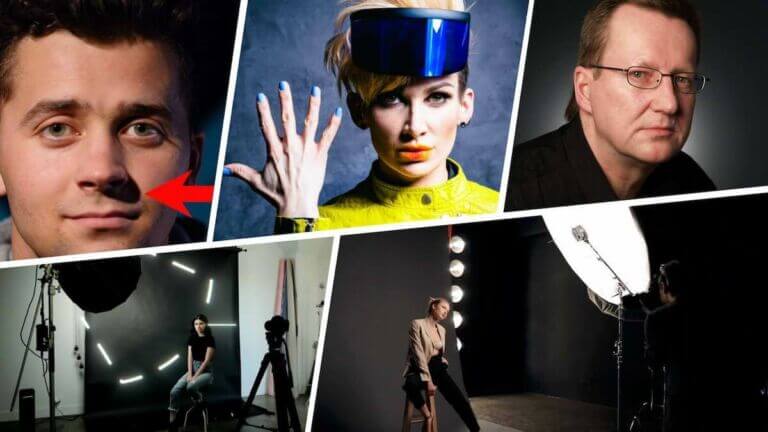Hand-held light meters might seem like an outdated appendage. Most modern cameras come with built-in light meters, and editing software is getting better and better at offering remedies to poorly-exposed footage. But light meters continue to be invaluable: a cinematographer’s primary job is to understand and manipulate light, and you can’t do that with a built-in meter or by covering up mistakes in post. Light meters allow you to measure the light in specific areas of your image, enabling the creation of a more dynamic shot without under- or over-exposed elements. There’s a lot of great and affordable light meters on the…
Look at your mobile device, your high-definition television, or laptop computer; what do you see? Most likely it’s a rectangular widescreen, with a lot of the video you watch on it filling the entirety of the screen. We are of course talking about the 16:9 ratio, which has been the current standard in television and monitors since at least the mid-2000s. But what is 16:9 aspect ratio, where did it come from, and how did it become the new default?Continue reading What is 16:9 Aspect Ratio — Origins of the Widescreen Format
What is motion blur? Why does it happen? Is motion blur good? And, how can we control it? We will be answering all of these questions and taking a look at both the technical and creative side of this process in both filmmaking and photography. Before we get into creative applications like aesthetic blur, and before we look at how to get motion blur or how to create motion blur, let’s get started with a definition.Continue reading What is Motion Blur, Is Motion Blur Good & Why Does it Happen?
There are few terms in cinematography and photography more misunderstood than depth of focus. The term is often used interchangeably with depth of field, but the two ideas actually have two completely separate meanings. Depth of focus is critical to understand if you want to have a crisp image and a firm grasp on your camera operating skills. So what is depth of focus? And how is it different from depth of field? Continue reading What is Depth of Focus vs. Depth of Field? — Camera Essentials
You don’t need to be a pro to use forced perspective. In fact, you’ve probably seen your friends post photos using the technique. Some of the most iconic films have worked with it, and even semi-professional photographers often grace the internet with the unique visual elements it often gives. So how can you use it and create new and innovative images or footage? Well why don’t we first answer what is forced perspective, and then jump right in. Continue reading What is Forced Perspective? Examples of How to Trick the Eye
What is lens flare? It’s probably appeared on some of your photos or footage. Sometimes it ruins images, and sometimes it surprises you and makes you feel like you are the greatest photographer in all the land.If you’re an aspiring photographer or filmmaker, though, you’ll probably want and need more control over your images. So, once we determine what is lens flare, we’ll provide some suggestions for how to avoid it and how to capture it. Continue reading What is Lens Flare? How to Get It & How to Avoid It
Before the 1950s, nearly every single movie was in the same 4:3 looking aspect ratio. But then CinemaScope from 20th Century Fox changed the landscape with very widescreen imagery to get people into theaters nationwide. Pretty soon, other studios were making their own widescreen movies, including Paramount Pictures with VistaVision. What is VistaVision, you ask? Well, it takes a bit of explaining, so if you can, please join us as we look into the origins of VistaVision, what it was like, and why it still matters today. Continue reading What is VistaVision — A History of Widescreen in Hollywood
How do you ensure your photos are sharp and in focus? Getting comfortable with the circle of confusion is a good first step. What is circle of confusion? This concept is an under-defined, yet super critical idea in photography. And understanding it will help you see how everything works together. The circle of confusion is related to how we understand focus and sharpness, but let’s get a bit more technical. After all, the more you know, the more intentional you can be with any and every shot. Continue reading What is the Circle of Confusion — Photography Definition
For portrait photographers, loop lighting is essential. And for beginners, it’s a straightforward lighting setup to learn. It can be created with only one light source and an understanding of where to put that light source. So, what is loop lighting photography and how can you capture it? In this article, we’ll be taking a look at what defines loop lighting as well as how to create your own loop lighting setup. Continue reading Loop Lighting Photography — Definition, Setup & Creative Uses
Dialogue scenes can be great, but they can easily fall short if they solely focus on the character doing the talking. Reaction shots have the ability to elevate a dialogue scene in a completely nonverbal way. Sometimes the physical reactions of a character can say a whole lot more than words. Let’s find out how.Continue reading The Reaction Shot — Much More Than Essential Film Grammar
